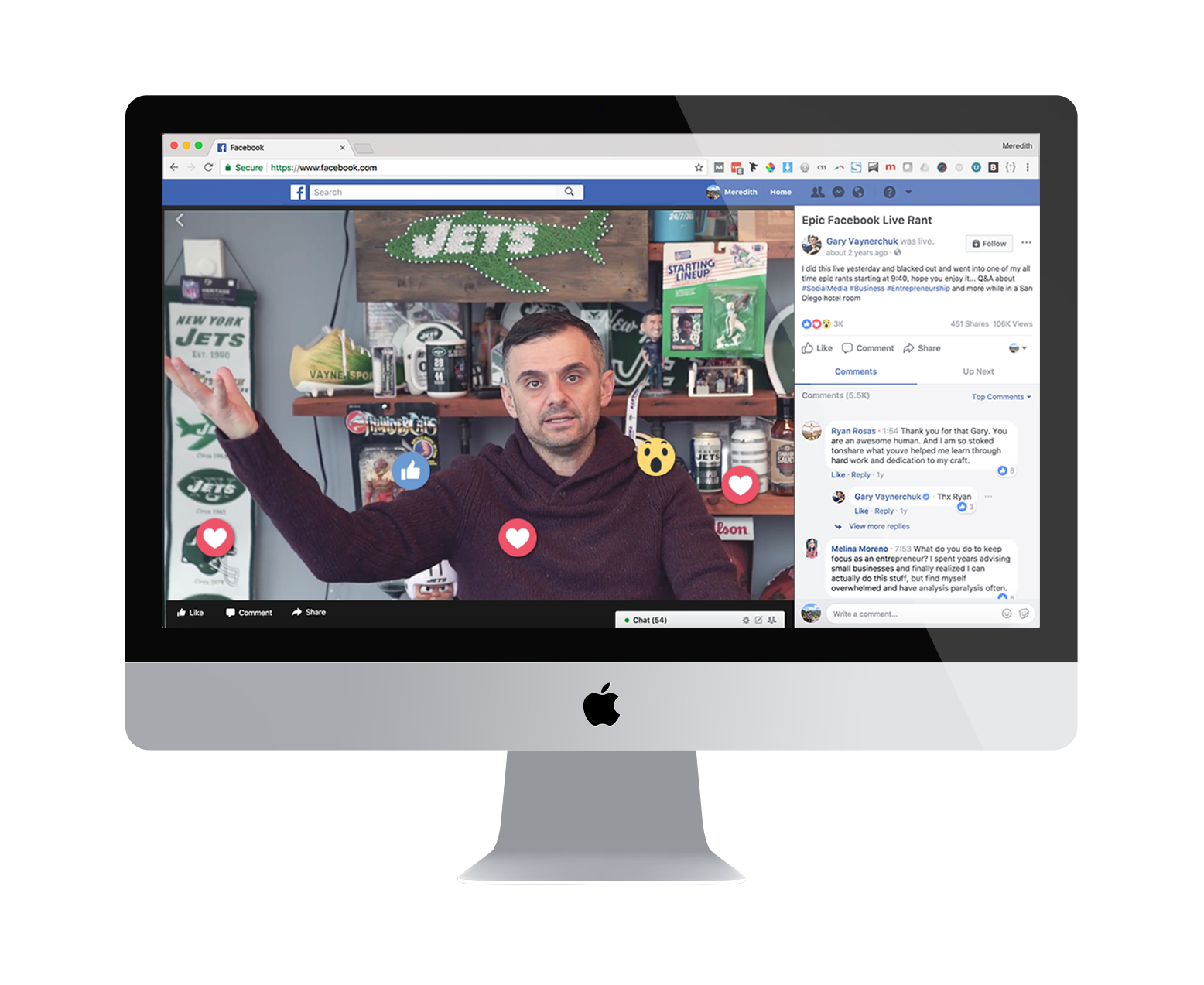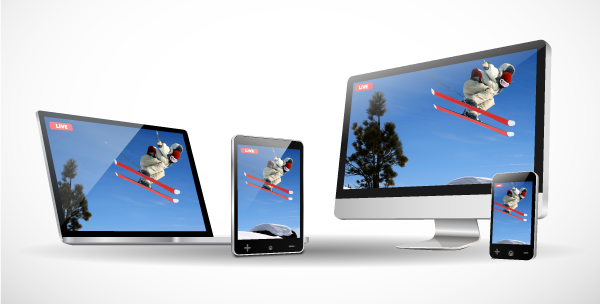Production Tools and Workflows, Part 3: Common OTT Challenges

In the last two blog posts, I’ve briefly covered two parts of the media production workflow: acquisition (part one) and content preparation (part two). Now it’s time to discuss issues surrounding distribution of content.
Three common challenges facing content publishers who want to use over-the-top (OTT, or internet-only) delivery are: fragmentation, fragmentation and device-network combinations.
Astute readers will notice the word “fragmentation” is used twice. No, it’s not a typographical error—but instead a reminder of the somewhat nebulous way the three distinct languages of advertising, business and technology often overlap one another.
Challenge #1: Audience Fragmentation

The first OTT delivery issue has to do with the ongoing trend toward fragmentation of audiences. Whether it is television viewing, media consumption or even social media, audience sizes are both growing and shrinking. Taken as a whole, audience sizes are growing quite well, with an uptick in media consumption across the board. Unfortunately, audiences are also consistently fragmenting into smaller and smaller groupings.
Often, sizable audiences form out of this fragmentation around certain preferred platforms or devices for consuming OTT content. However, these groupings are not always permanent—making long-term consumption forecasting for OTT delivery somewhat of a black art.
Consider the fact that, just in the past decade of social media, these audiences have revolved around social media platforms as disparate as Classmates.com, Facebook, Flickr, Foursquare, Google+, Instagram, LinkedIn, MySpace, Pinterest, Snapchat, Twitter, Tumblr and Vine. And that doesn’t even begin to cover the wide gamut of set-top boxes, gaming consoles and Internet streaming devices (Roku, Amazon Fire TV stick, Google Chromecast etc).
Purpose-built streaming tools were originally designed to meet the needs of a particular audience, such as Facebook Live viewers, but are now being updated to offer simulcasting. That’s because there’s a growing need to think beyond a single social media platform, especially as audiences shift between platforms over time.
Challenge #2: Fragmented Streaming Delivery
The second mention of fragmentation has to do with a technical aspect of how most video on-demand (VOD), as well as a fair amount of live streaming, is now delivered. While origin streams still employ some form of traditional streaming protocol—such as the Real Time Streaming Protocol (RTSP) or Adobe’s now open-sourced RTMP (Real Time Messaging Protocol)—the vast majority of streaming today takes place as the orderly delivery of a series of thousands of small files.
These files, when played back in the proper order, allow the media consumer to believe they are watching streamed content. Played out of order, however, these files—which are interchangeably called fragments, segments or packets—would appear chaotic and random.
Fragmented or packetized video streams are typically based on a common media format (such as an MP4 video file) and one of several HyperText Transfer Protocol (HTTP) flavors of streaming technology. This is what is known as a packetized content distribution model.
In much the same way that still images and text for a blog post are delivered via HTTP, and reassembled according to the HTML code for a given web page, each HTTP-based streaming delivery technology—including Apple HTTP LIve Streaming (HLS) and the MPEG standard Dynamic Adaptive Streaming via HTTP (MPEG-DASH)—also has a reassembly schema.
One of the key issues with streaming video delivery is the need for timeliness of delivery. If an audio-and-video fragment is delivered too late, the local video player will abandon the fragment and the consumer will see a glitch in video playback. But beyond timeliness, the proper order of file delivery is critical. All HTTP-based streaming delivery for OTT attempts to deliver these fragments in as close to a sequential order as possible, and then quickly reassemble these fragments for playback based on what some solutions call a manifest file.
The concept of a manifest file comes from the language of shipping: Think of the overall video file as a cargo container, which is being shipped on an ocean freighter. Within the cargo container, thousands of items are shipped, and the manifest file is used to verify these items are shipped to the proper location—and, if need be, reassembled in the order in which they were shipped. Without the manifest file, all the viewer would have would be short two- to 10-second clips that make no sense when played out of order.
Challenge #3: Multi-Platform Distribution

An added issue to consider in the case of OTT delivery of HTTP-based video content, whether live or on-demand streaming, is the need to reach as many combinations of devices and network types as possible.
To do so, a common codec is often used. H.264 in an MP4 container format is somewhat of a standard when it comes to exporting content from a non-linear editor (NLE), and also when it comes to delivering a mezzanine or master file for VOD (video on demand) packaging for various streaming devices, from smartphones to set-top boxes.
But the variations in bitrate between a local area network (LAN) or a Wi-Fi network or a mobile data service, even on a single device type such as a smartphone, can vary widely. To address this, media servers can not only package a single-bitrate encode into an HTTP delivery technology, but can also output several variants at preset or dynamic data rates and resolutions.
The combination of multiple data rates and resolutions, along with a manifest file to keep track of each of the variants, is referred to as adaptive bitrate (ABR) encoding. The beauty of ABR delivery centers on the fact that different variants can be delivered to each of the multiple devices receiving an HTTP-based video stream. In addition, at any given point in time, each device can receive a portion of any of the variants to accommodate for fluctuations in available bitrate on any given device’s network.
This allows for a higher-quality streaming experience—not only for devices that may move from lower-bitrate networks to higher-bitrate networks (e.g., from cellular data to WiFi), but also for devices whose single network suddenly increases data-rate throughput (e.g., at a large venue, after multiple viewers leave the venue and their devices drop off the network).
These are just three of the common OTT delivery issues faced by content creators and content publishers. Fortunately, it’s not up to the content publisher alone to figure out all the intricacies of streaming delivery. A number of media servers in the marketplace can be coupled with professional services offerings to customize a solution based on audience, device and network combinations.
Wowza has solutions for delivering ABR streams to any device or platform, to reach any size audience anywhere in the world. Learn more about Wowza Streaming Engine™ software, Wowza Streaming Cloud™ service or the Wowza ClearCaster™ appliance to see which one is right for your workflow.




